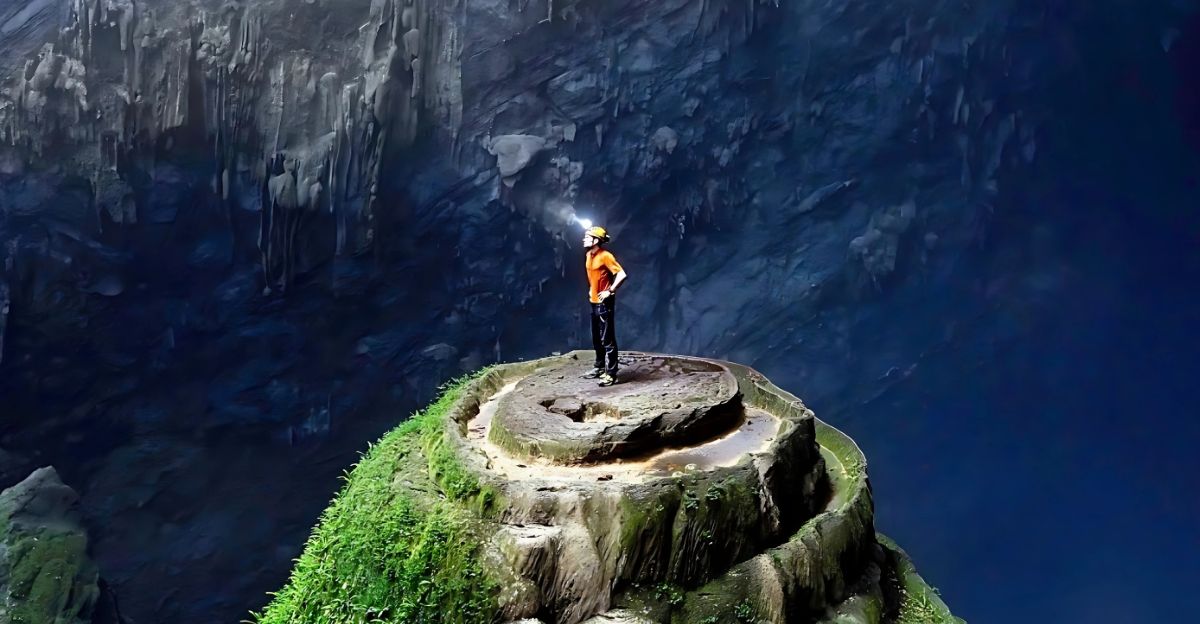
There’s nothing better than a good discovery involving mysterious creatures and deep caves, and that’s exactly why this find is so fascinating. The discovery completely shocked paleontologists and researchers exploring Mammoth Cave as they stumbled upon something they never expected to find. They knew they were exploring the largest cave system in the world, but their discovery would change the understanding of prehistoric marine life.
The Wonders of the Mammoth Cave
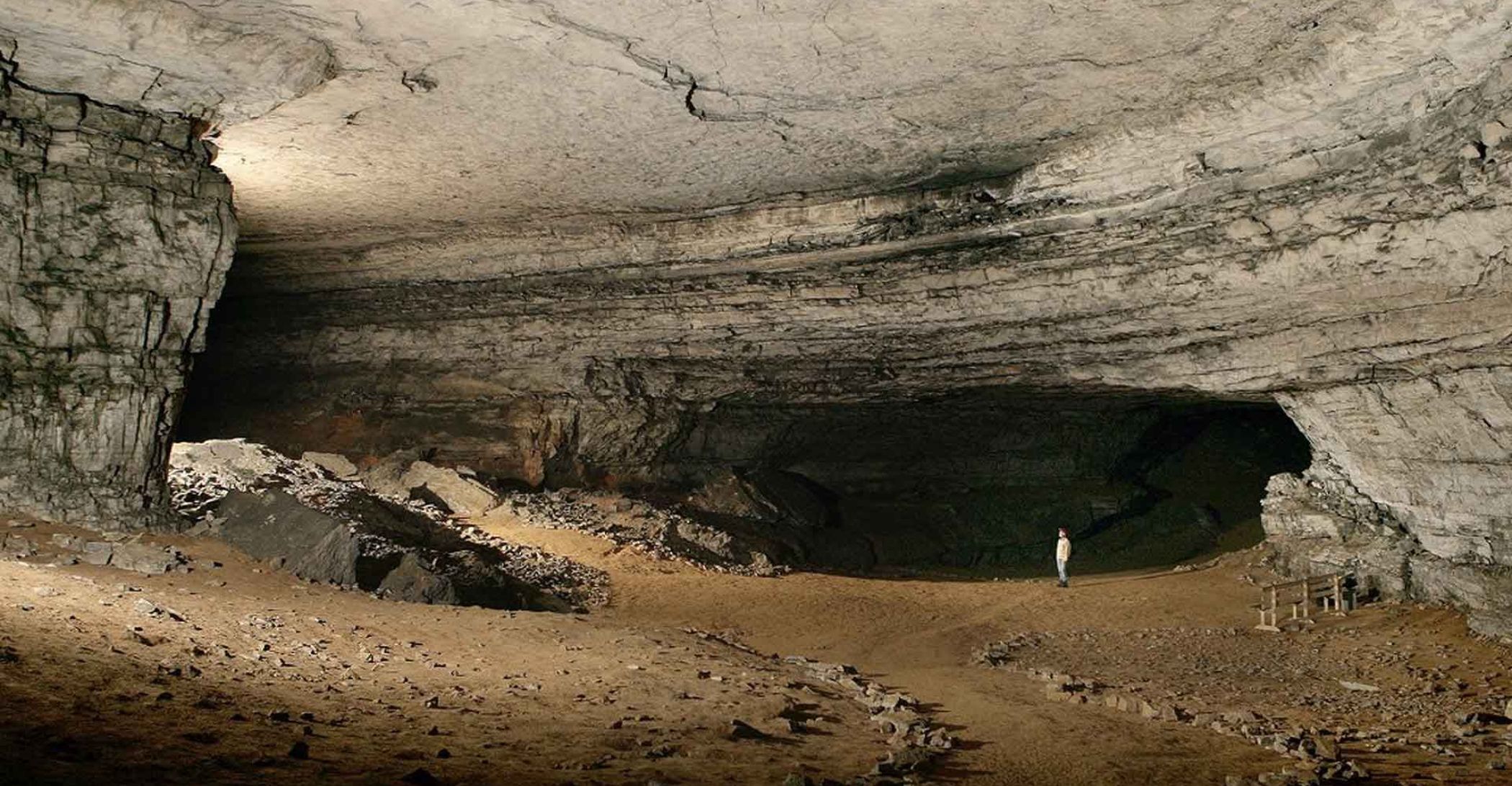
This cave system is one of the most awe-inspiring in the world and is also the largest. It has more than 400 miles of mapped passageways and possibly hundreds more that haven’t been explored yet. This intricate cave system can be found in Kentucky and is full of towering chambers, maze-like tunnels, underground rivers, and breathtaking formations like stalactites and stalagmites.
The Mammoth Cave has so much to offer that it’s been named both a UNESCO World Heritage Site and an International Biosphere Reserve. No wonder these remarkable discoveries are being made in a magical place like this.
The Ancient Seaway Beneath Kentucky

Considering that Kentucky isn’t remotely close to the ocean, it might seem strange that sea creatures can be found in a cave system there, right? Well, long before Kentucky’s rolling hills and forests took shape, the region was submerged beneath a vast, warm sea that was flourishing with marine life. About 340 million years ago, this ancient ocean covered much of what is now central North America, making this discovery possible.
The limestone layers that now form part of Mammoth Cave were once the seafloor as researchers found corals, brachiopods, ancient fish, and sharks deposited into these layers. As this seaway eventually dried up, it left behind a world of creatures trapped in rock for future researchers to find.
How the Fossils Were Found
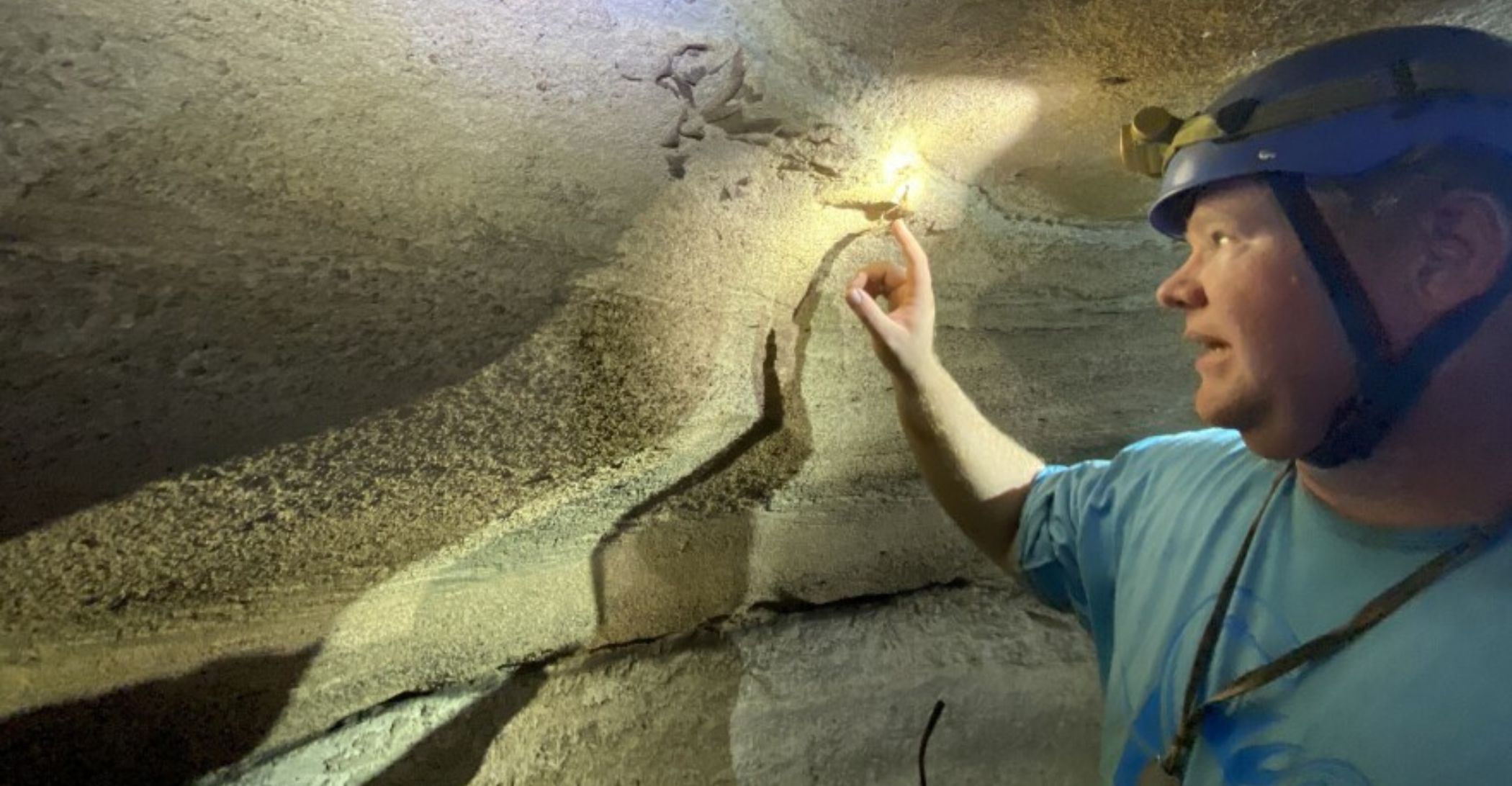
These remarkable discoveries were made during the National Park Service’s Paleontological Resource Inventory, which began in 2019. They were concentrated in the St. Louis and Ste. Genevieve Formations of the cave. Researchers and volunteers searched more challenging areas of the cave in search of fossils they’d never seen before.
“I took a picture of it, and they said, ‘That’s almost a whole skull of a shark! And I think it’s the skull of a shark that nobody has seen the head of!” said Paleontologist Rick Toomey. On his way to look at the skull found, Superintendent Barclay Trimble stumbled upon the tooth of the second shark. He (Trimble) looked up and pointed and said, ‘Hey! Is that one of the shark’s teeth?’ And we said, ‘Wow, that’s going to be a [..] really interesting shark.'” stated Toomey.
Meet Troglocladodus Trimblei
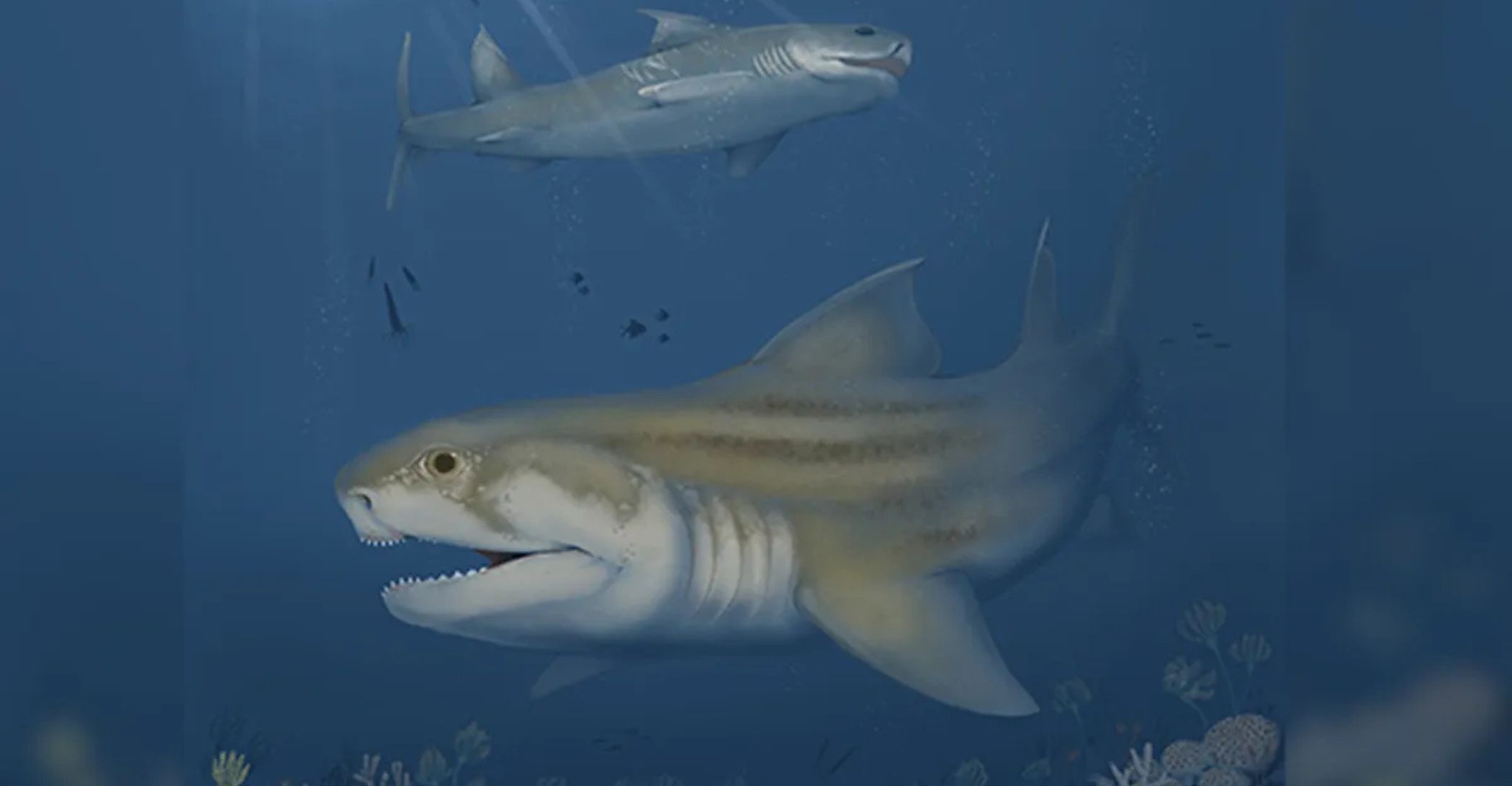
Although this finding happened accidentally, it doesn’t make it any less fascinating. This magnificent shark lived 325 million years ago and was estimated to be around 10 to 12 feet long. What truly sets T. trimblei apart are its distinctive, trident-shaped teeth, a feature that inspired its scientific name, which means “cave branching tooth.”
This shark can be compared to the modern White Tip shark and would have most likely preyed on sizeable fish or even other sharks in the seaway.
The Glikmanius Careforum
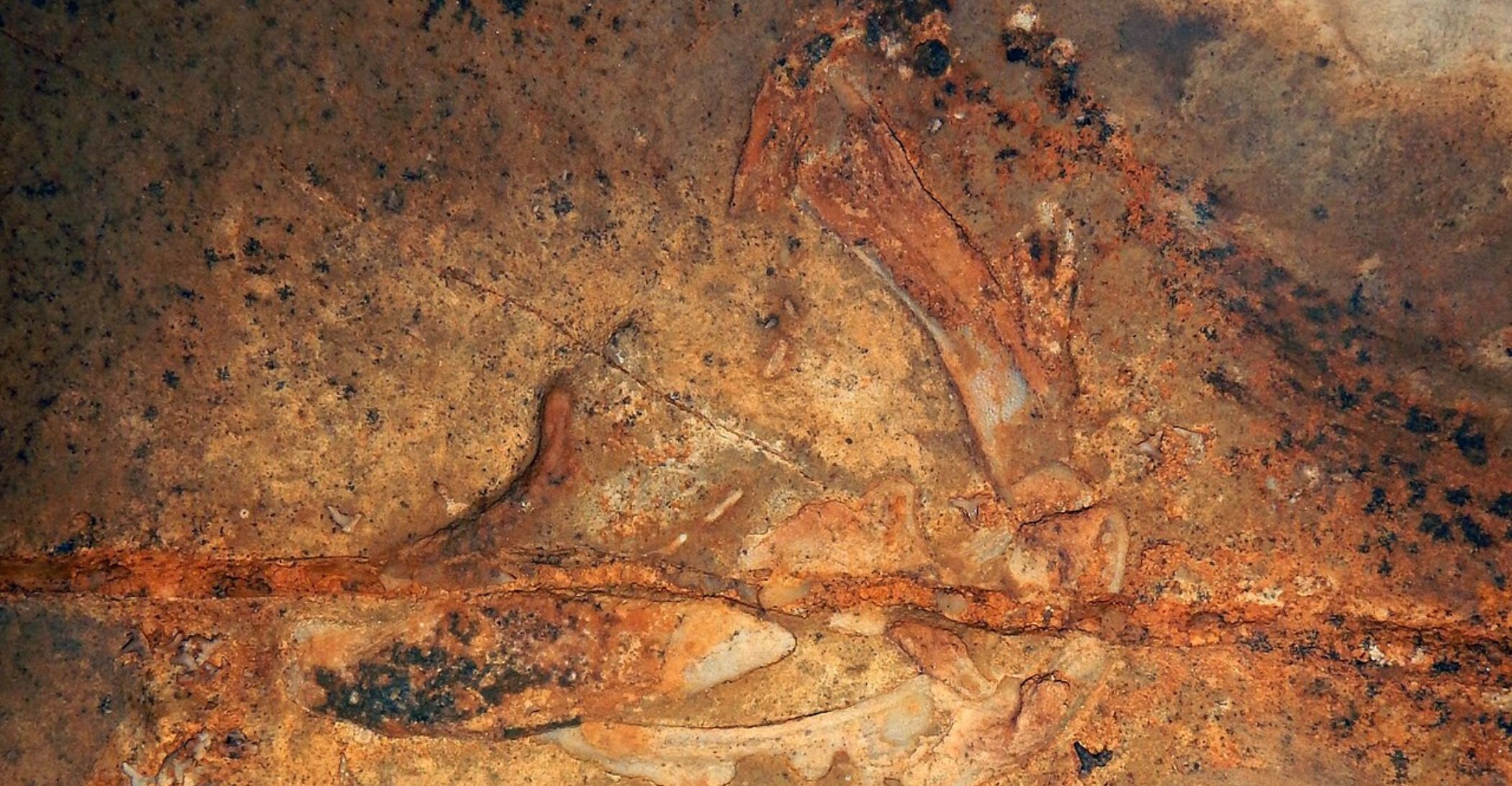
Although this genus was already known to researchers, finding a trace of this species wasn’t expected for the region or period. Its robust teeth and partial jaw fossils suggest a short head and a powerful bite, ideal for preying on smaller sharks, bony fish, and hard-shelled orthocones. They could easily grow over 12 feet in length and were suspected to be fast swimmers.
The finding of the G. Careforum in the Mammoth Cave pushes the known origins of the Glikmanius genus back by over 50 million years.
Fossil Evidence That Helped The Discovery

Most of the evidence that these creatures existed at the time comes from fossilized teeth and jaw fragments. Shark skeletons are made of cartilage, meaning they are rarely preserved for millions of years, leaving only teeth behind. Despite all odds, the stable subterranean conditions of Mammoth Cave preserved some details of cartilage to give researchers a deeper insight into these creatures.
“We can hardly move more than a couple of feet as another tooth or spine is spotted in the cave ceiling or wall. We are seeing a range of different species of chondrichthyans [cartilaginous fish] that fill a variety of ecological niches, from large predators to tiny little sharks that lived amongst the crinoid [sea lily] forest on the seafloor that was their habitat,” said JP Hodnett, a fossil shark specialist.
The Role of Technology in Paleontology
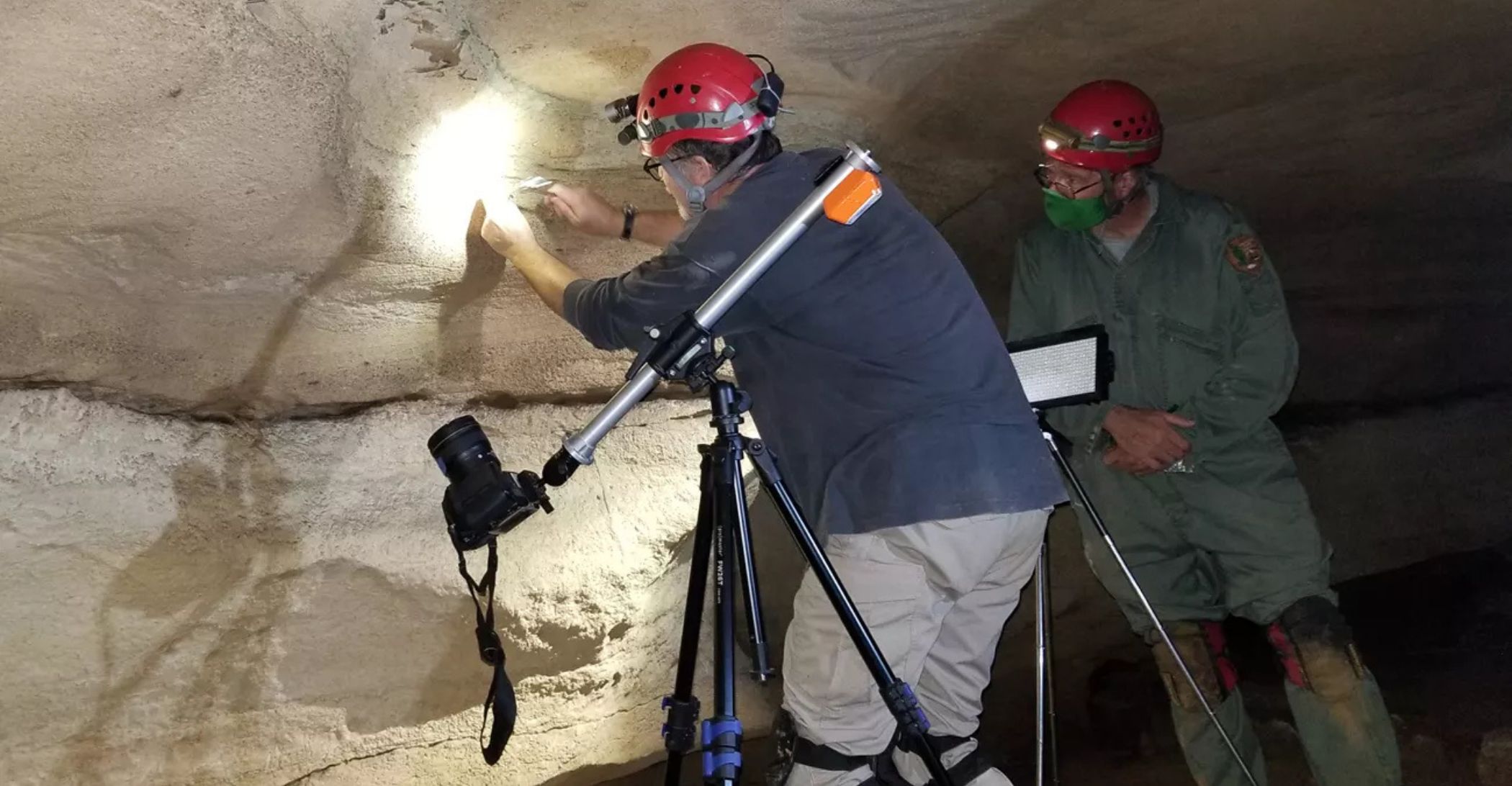
Most people would never be able to see these remarkable findings with their own eyes due to how deep they are located in the cave. The challenging, dangerous cave areas make it impossible to allow visitors. The cave is also actively being explored for more discoveries, which poses another challenge.
“Since so few people will be able to view these extraordinary fossils in person, due to the remote and difficult-to-reach locations they are found within the cave, the 3D models will allow the curious public and other scientists to see these rare fossil sharks”, said Jack Wood, a member of the research team.
Implications for Shark Evolution
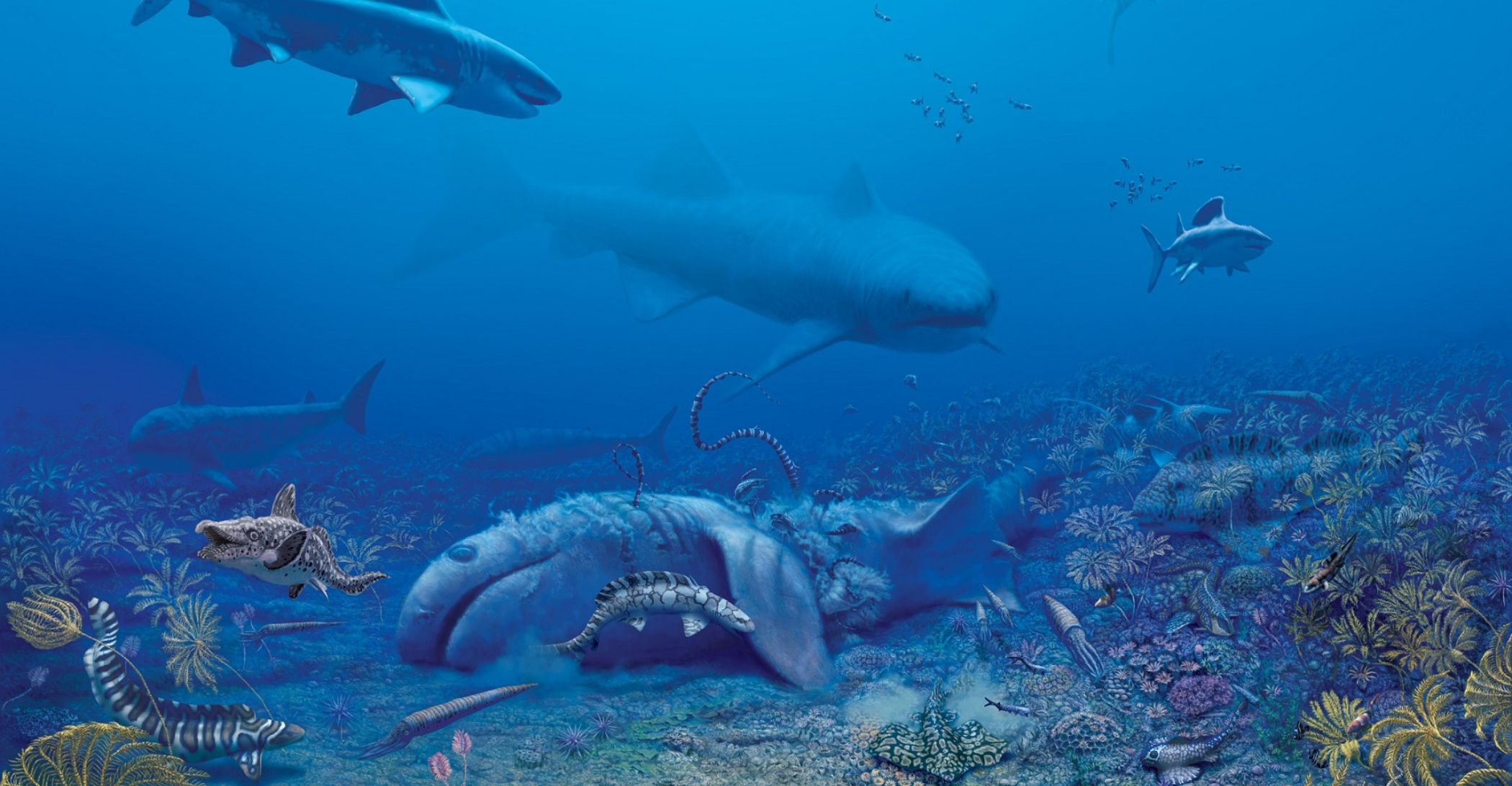
The diversity of shark species in the cave has knocked researchers off their feet, as they never could have expected to find as many fossils as they did. “We here at Mammoth Cave are very excited to find that we have such an important set of fossils at the park. Although we know we had a few shark teeth in the limestone exposed in the cave, we never imagined that we would have the abundance and diversity of sharks that JP Hodnett has identified,” mentioned Toomey.
Together, these fossils fill critical gaps in the shark fossil record, particularly in the Ste. Genevieve Formation, where no shark remains were previously documented.
The Mysteries Yet to Be Uncovered

The ongoing Paleontological Resource Inventory has revealed over 70 species of sharks and other fish from the Ste. Genevieve Formation includes several new things to science, but researchers believe this is just the beginning. It’s safe to say that Mammoth Cave has much to offer when it comes to inspiring researchers, whether through new fossil finds or unlocking another part of the cave never seen before.
Explore more of our trending stories and hit Follow to keep them coming to your feed!

Don’t miss out on more stories like this! Hit the Follow button at the top of this article to stay updated with the latest news. Share your thoughts in the comments—we’d love to hear from you!







